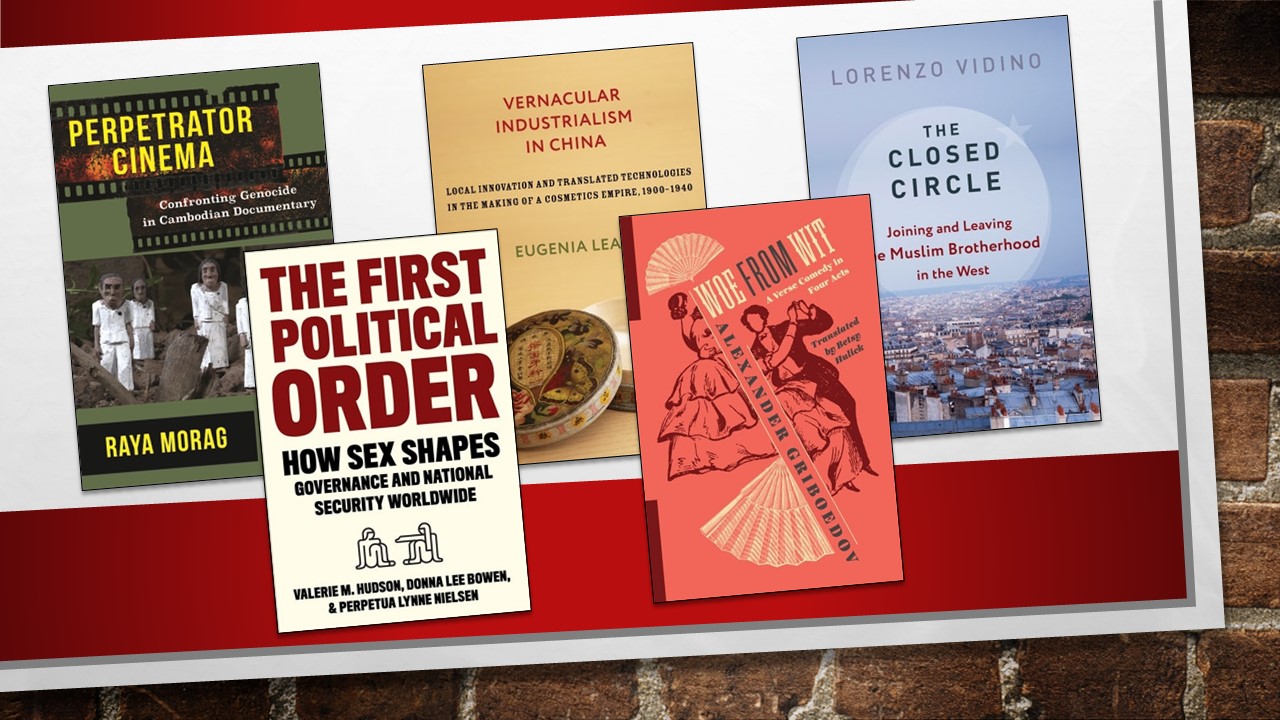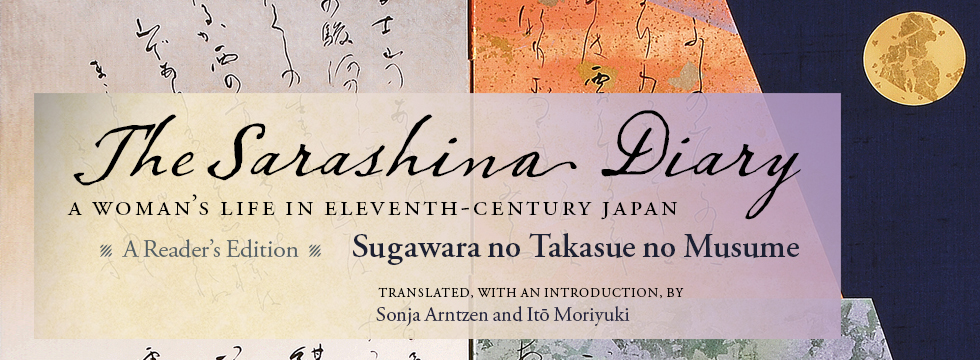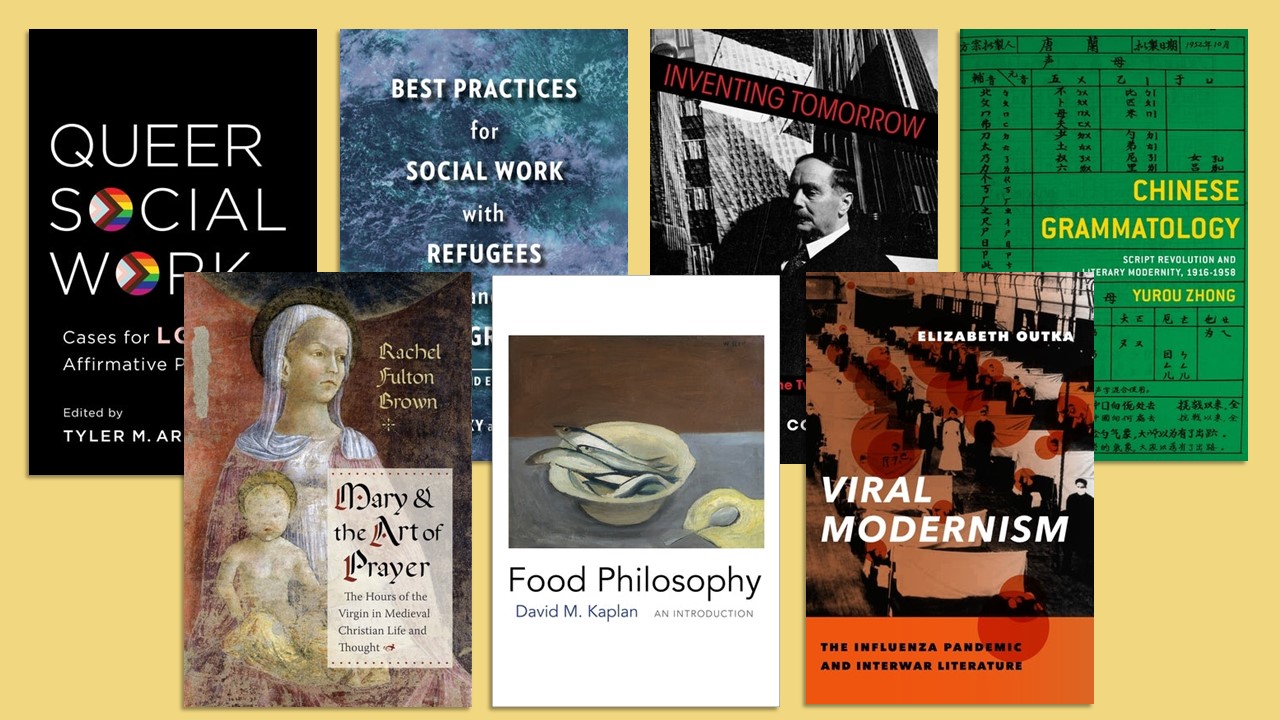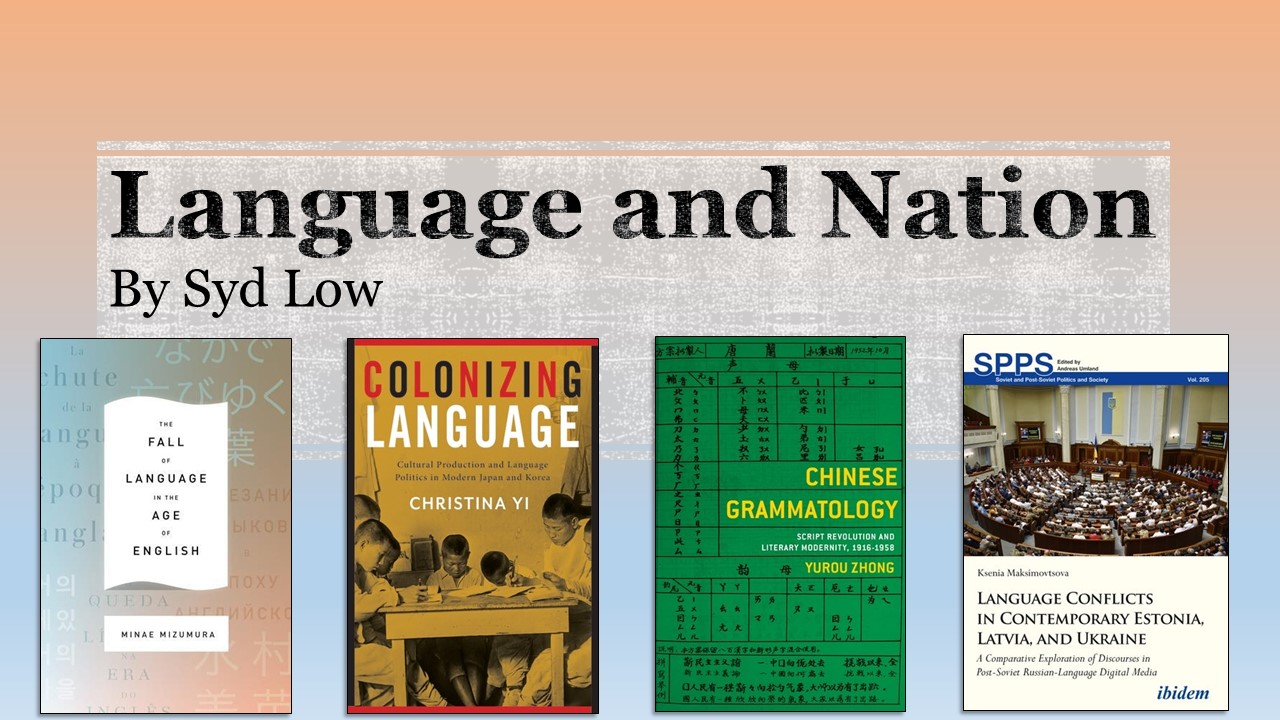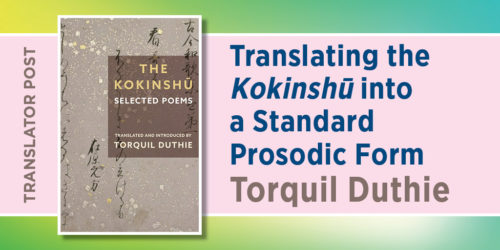Join Christine Dunbar on a Tour of Our #AAS2020 Virtual Exhibit Booth!

Hi! Welcome to the Columbia University Press booth! I’m Christine Dunbar, and I acquire books in the Asian humanities and all of our literature in translation. I recognize your name; is it possible I asked you to peer review something once? You’re a China studies person, right? Oh, a true transregionalist. How convenient! My next appointment is mysteriously late, so why don’t I tell you about some of the books in the booth?
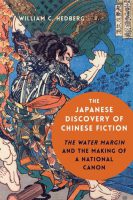 This is a great cover on The Japanese Discovery of Chinese Fiction, isn’t it? It’s a woodblock print that illustrates a scene from The Water Margin. In the book, Will Hedberg looks at the reception and adaptations of The Water Margin to see how Japanese literature developed in the early modern and modern periods and defined for itself what it meant to have a “national literature.”
This is a great cover on The Japanese Discovery of Chinese Fiction, isn’t it? It’s a woodblock print that illustrates a scene from The Water Margin. In the book, Will Hedberg looks at the reception and adaptations of The Water Margin to see how Japanese literature developed in the early modern and modern periods and defined for itself what it meant to have a “national literature.”

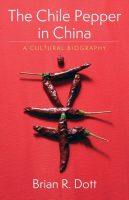 This very green paperback is Chinese Grammatology by Yurou Zhong. It comes at a similar question from a very different angle: the debates over the Romanization and Latinization movements in China in the first half of the 20th century.
This very green paperback is Chinese Grammatology by Yurou Zhong. It comes at a similar question from a very different angle: the debates over the Romanization and Latinization movements in China in the first half of the 20th century.
The Chile Pepper in China is a cultural history of, well, the chile pepper in China, but not just in food, but in medicine and the cultural imagination, including gender issues. And it’s written really breezily. I gave my dad a copy, and he seemed genuinely pleased, which is not always the case when I give him books.
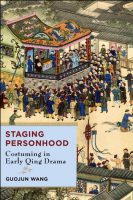 This is Staging Personhood by Guojun Wang, a study of clothing and theatrical costumes during the Ming-Qing transition. I get absolutely lost studying the detail on the cover, where you can see the different ways the players and the audience are dressed at a performance.
This is Staging Personhood by Guojun Wang, a study of clothing and theatrical costumes during the Ming-Qing transition. I get absolutely lost studying the detail on the cover, where you can see the different ways the players and the audience are dressed at a performance.
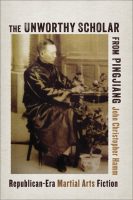
 Here are two books that each focus on one individual to tell a larger story, both set in Republican-era China. The Unworthy Scholar from Pingjiang looks at Xiang Kairan, the father of modern Chinese martial arts fiction, and Vernacular Industrialism in China at Chen Diexian, an entrepreneur who developed his own chemical formulas for cosmetics and hyped them with lifestyle pieces in the popular press.
Here are two books that each focus on one individual to tell a larger story, both set in Republican-era China. The Unworthy Scholar from Pingjiang looks at Xiang Kairan, the father of modern Chinese martial arts fiction, and Vernacular Industrialism in China at Chen Diexian, an entrepreneur who developed his own chemical formulas for cosmetics and hyped them with lifestyle pieces in the popular press.
The new era of ever more widespread commercial publishing also brings changes in this book, The Typographic Imagination, about the effect of industrial printing on modern Japan. My colleague Chang Jae Lee designed the cover, which was inspired by period publications from author Nathan Shockey’s collection.

 You have to take a look at this one. It’s Licentious Fictions, by Daniel Poch. Daniel really wanted the cover to feature this image, which is from a late 19th-century Japanese translation that he discusses in the book, but the original black and white was both fuzzy and not particularly compelling. Columbia UP designer Milenda Lee colorized it (I don’t even want to know how long that took) and I love how it turned out. We’re so lucky to have such creative designers on staff.
You have to take a look at this one. It’s Licentious Fictions, by Daniel Poch. Daniel really wanted the cover to feature this image, which is from a late 19th-century Japanese translation that he discusses in the book, but the original black and white was both fuzzy and not particularly compelling. Columbia UP designer Milenda Lee colorized it (I don’t even want to know how long that took) and I love how it turned out. We’re so lucky to have such creative designers on staff.
Oh, there’s my appointment. I hope you’ll browse some more—there are so many more books!—and if you’ll stop by again, I’ll tell you about our new translations. I think I have just the thing for that new course you were telling me about.

